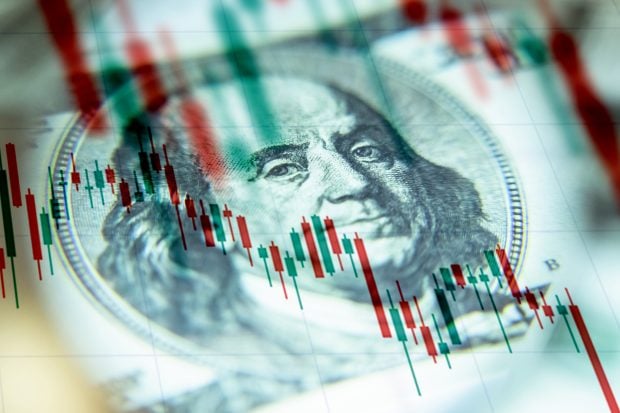 Eight years after a lending modelthat matches individual borrowers with investors started in theUnited States, growth for peer-to-peer lending is likely tocontinue for some time.
Eight years after a lending modelthat matches individual borrowers with investors started in theUnited States, growth for peer-to-peer lending is likely tocontinue for some time.
According to a new paper from the Federal Reserve Bank ofCleveland, peer-to-peer lending has grown rapidly at an averagepace of 84% a quarter since the second quarter of 2007.
|That's compared to the total amount of money loaned throughbank-originated consumer-finance loans, which has declined, onaverage, 2% per quarter, the Fed noted. The total amount loanedthrough bank-originated credit cards has also declined on average0.7% per quarter.
|“Peer-to-peer's rapid growth may be attributable to two of thebenefits it provides. First, it can improve access to credit forindividuals who have short credit histories,” according to FederalReserve Bank of Cleveland researchers Yuliya Demyanyk and DanielKolliner.
|“Second, it allows consumers to consolidate credit card debt andlower their interest rate more than they could by going throughtraditional lenders,” they added.
|In comparison to bank-originated consumer-finance loans,peer-to-peer loans have performed either similarly or slightlybetter, the Fed research paper noted.
|On average, between the second quarter of 2010 and the firstquarter of 2014, 3.2% of peer-to-peer loans were past due comparedto 3.7% of standard consumer finance loans. Over this period,peer-to-peer loans had a lower share of poorly performing loans in10 of 16 quarters.
|The Fed found that most peer-to-peer loans are used toconsolidate high-interest-rate credit card debt. Citing dataprovided by Lending Club, a company that arranges peer-to-peerloans, the Fed said 83.3% of peer-to-peer loans are personalone-time loans, most of which are put to use for this purpose.
|This may be explained by the fact that interest rates onpeer-to-peer loans have been lower than those on credit cards sincethe first quarter of 2010, according to the authors.
|The peer-to-peer market is currently hundreds of times smallerthan the consumer finance and credit card markets, the researchrevealed. However, the data suggested that the peer-to-peer lendingmarket will continue to grow.
|One reason is that the supply of funds from investors for suchlending has been increasing. Though peer-to-peer lending started asindividual investors lending to individual borrowers, institutionalinvestors, such as community banks, have become involved over time,according to the Fed report.
|Another reason that peer-to-peer lending is poised to growfurther is that demand for such loans has been increasing.Individuals who either cannot get loans from traditional banks orwho wish to consolidate their credit card balances at lowerinterest rates find peer-to-peer lending an attractivealternative.
|The authors of the report said peer-to-peer lending emergedfirst in the United Kingdom in 2005 and arrived in the UnitedStates a year later.
|Meanwhile, some credit unions and CUSOs have mixed opinions onwhether peer-to-peer lending, and its close cousin, crowdfunding, are competitive threats.
|Some in the industry have said credit unions should keep an eyeon any new players in the marketplace. Other lending leaders saythe peer lending models could complementexisting loan programs and help manage risk at the sametime.
|At a June 11 webinar conducted by the SBA on the future of lending attended by CU Times, oneof the panelists responded to a question about the impact ofpeer-to-peer lending and crowdfunding, saying there are viableprograms that help entrepreneurs who need an infusion ofcapital.
|Complete your profile to continue reading and get FREE access to CUTimes.com, part of your ALM digital membership.
Your access to unlimited CUTimes.com content isn’t changing.
Once you are an ALM digital member, you’ll receive:
- Critical CUTimes.com information including comprehensive product and service provider listings via the Marketplace Directory, CU Careers, resources from industry leaders, webcasts, and breaking news, analysis and more with our informative Newsletters.
- Exclusive discounts on ALM and CU Times events.
- Access to other award-winning ALM websites including Law.com and GlobeSt.com.
Already have an account? Sign In
© 2024 ALM Global, LLC, All Rights Reserved. Request academic re-use from www.copyright.com. All other uses, submit a request to [email protected]. For more information visit Asset & Logo Licensing.









